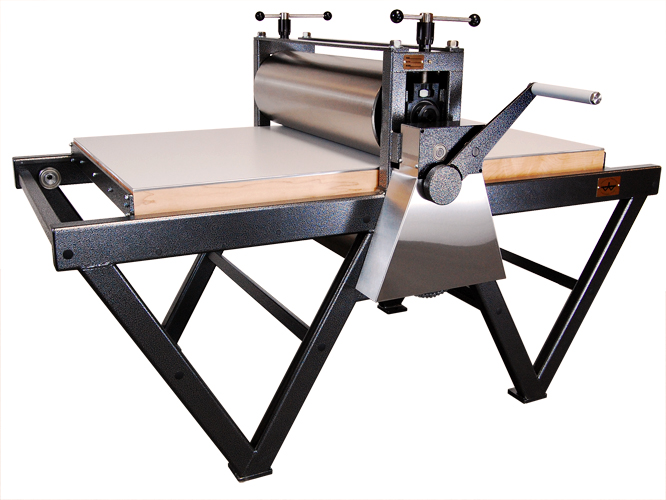Logotype: a graphic mark or emblem commonly used by commercial enterprises, organizations and even individuals to aid and promote instant public recognition, most commonly referred to as a LOGO.
Numerous inventions and techniques have contributed to the contemporary logo including lithographic languages such as Egyptian Hieroglyphics, coats of arms, watermarks and the development of the printing technology.
By the 1950s an avant-garde artistic movement in Europe became an international, commercialized movement in the US and else where. The visual simplicity and conceptual clarity that were the hallmarks of Modernism formed a powerful toolset for a new generation of graphic designers.
Less is more
Modernist inspired logos proved successful and logo design has become an important area of graphic design, even though it is one of the most difficult to perfect. This is because logos are meant to represent companies brands or corpoate identities and foster their immediate customer recognition.
Logos need to be simple but able to stand out in a crowd
Five principles of effective logo design
1. Simple-easy to recognize, have something unexpected or unique
2. Memorable- keeping it simple yet appropriate
3. Timeless- will yours stand the test of time? will it still be effective in 10, 20, or 50 years?
4. Versatile- works across a variety of media and applications, is your logo still effective in color?
5. Appropriate- for the audience
full color process- CMYK (cyan, magenta, yellow and black)
spot color- method of specifying and printing colors in which each color is printed with its own ink, only effective with one, two or three colors. Pantone matching system (PMS), every printer in the world uses pantone.
Color can illicit different feelings and emotions form the audience. Color should be appropriate for the age, gender, and cultural demographics. Colors follow trends. Keep color use to a minimum, no more than three so the client doesn't have to pay as much for their logo.
combination mark- a logo that includes text and a visual that are integrated.
iconic or symbolic- more abstract, compelling yet uncomplicated images
wordmark or lettermark- logos with only text, woodmark is the full company name, lettermark is only the initials


















































